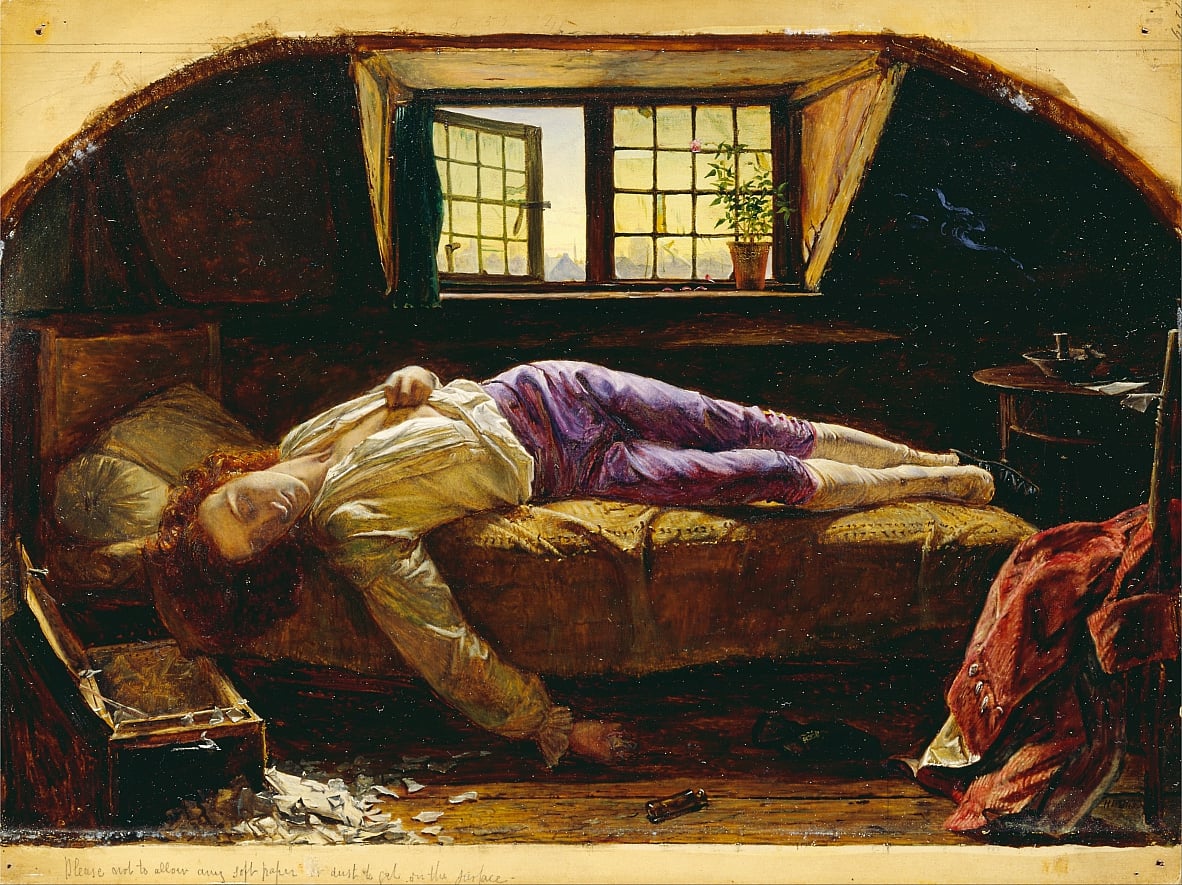One idyllic English county. 240 dead bodies. What’s going on?
There comes a time in everyone’s life when – tired after a long journey or a heavy week at work – you surrender to watching an episode of Midsomer Murders on TV. On a winter’s evening perhaps, and with a glass of wine in your hand, you realise you are enjoying it in a perverse kind of way.
In the course of thirteen series, Inspector Barnaby has investigated (and failed to prevent) around 240 murders – a good proportion of the population of the county in which they take place, and resulting in enough corpses to fill two Boeing 737s.
The rate of slaughter is par for the course in a murder-mystery series, of course (think of the charnel house which is Miss Marple’s Saint Mary Mead). The stunning incompetence of the police is also a tradition of the genre, allowing a series of murders to take place, sustaining tension and comfortably filling an hour’s television. In the end, the detectives are more patients than agents, officiating at the deaths rather than preventing them.
It is not the drama (such as it it) which fascinates me about Midsomer Murders, but the setting in which it takes place. It is always a summer’s day. There is hardly any traffic (the curse of real-life English country towns). No mega-supermarkets are ever seen. With the exception of mobile phones (and other modern plot-necessities), it might be the recreation of an idealised 1950s England.
Midsomer, in fact, is curiously like the limbo-worlds of The Prisoner, Life on Mars or Ashes to Ashes. Nothing ever changes (and if it does, the police politely ask you to help them with their enquiries). This eerie ‘sameness’ can be seen in the characters, who have the wooden predictability of their Cluedo counterparts: the jolly vicar, the eccentric aristocrat, the hippies up at the manor house, the spinster postmistress, the brash property developer from out-of-town, and so on.
Midsomer life is only threatened by the murders which symbolise a threat to its unchanging predictability – a predictability at once reassuring and horrifying, as though the characters were condemned to repeat the same summer’s day over and over again. The success of the series – watched by around 9 million viewers a week in the UK – indicates the seductive charm of this make-believe England for many people. It is England as some wish it were. Somewhere it doesn’t rain. Where you can find a parking spot. Where you do your shopping with a wicker basket in the local post office and pop into the pub for a drink with the cheery landlord afterwards. And somewhere you only ever see white faces …
The show’s producer was recently forced to step down after revealing it deliberately avoided employing ‘non-white’ actors in order to preserve its so-called ‘britishness’. This ugly racism indicates an extreme conservatism and hostility to change which appeals to many in its audience. It is a fairytale bastion of an English rural idyll which never existed beyond picture-postcards of Cotswold cottages wreathed in honeysuckle. The appeal of Midsomer is grounded, then, in a fear of the new, fear of the unpredictable, fear of change.
I know these English villages well. Crime is not uncommon, if trivial, and murder not unknown. They are murders like those anywhere – whether in London, Melbourne, or Copenhagen. Overwhelmingly they are caused by drunken young men senselessly beating or stabbing each other to death on a Friday night, or people murdering their partners in a rage. The Midsomer murders are different. They are secret, random, and often with causes deep in the past. They could be committed by anyone, from the local vet to the lord of the manor. They are eruptions of passion and violence and unpredictability into the ordered world of Midsomer: outbreaks of anarchy to be crushed by the police so that its eerie sameness can be restored.
Midsomer Murders is a monument to a very English form of conservatism. ‘Don’t change,’ whispers Chief inspector Barnaby to the viewer, ‘and everything will be all right.’ Won’t it?




